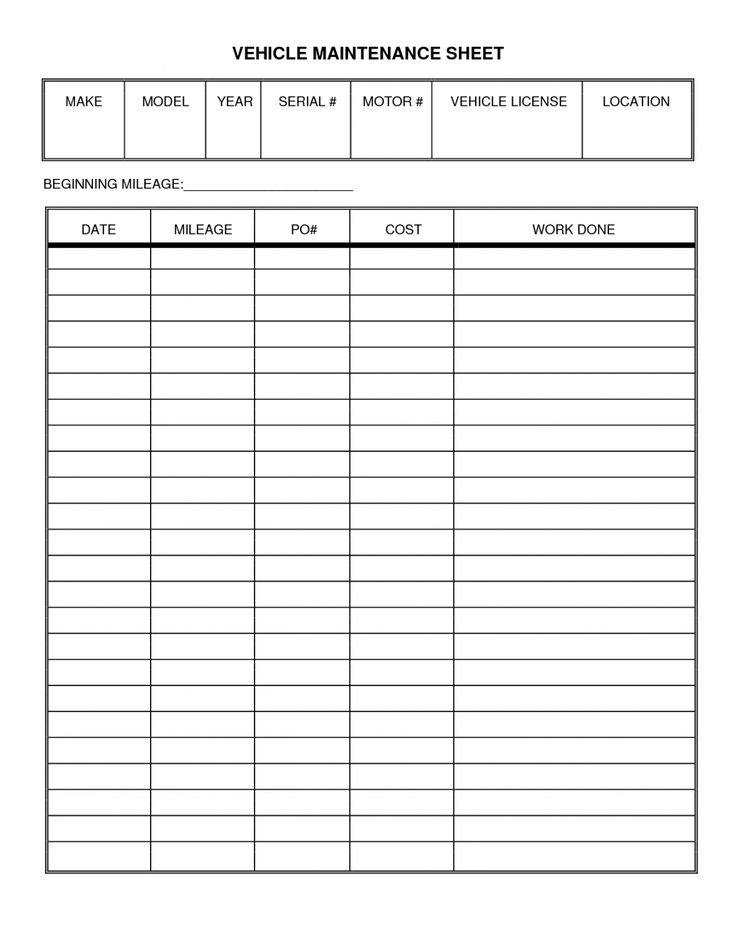
Managing a fleet of vehicles can be a daunting task, especially when it comes to ensuring that each vehicle is in top condition. One of the most effective ways to stay on top of maintenance and safety checks is by using a fleet vehicle checklist.
In this comprehensive guide, we will explore what fleet vehicle checklists are, why they are important, and how you can create and use them effectively.
What is a Fleet Vehicle Checklist?
A fleet vehicle checklist is a document that outlines all the necessary maintenance and safety checks that need to be performed on a fleet of vehicles.
It serves as a guide for drivers and fleet managers to ensure that each vehicle is properly maintained and safe to operate.
Why Use a Fleet Vehicle Checklist?
There are several reasons why using a fleet vehicle checklist is essential for fleet management:
- Efficiency: By having a standardized checklist, you can streamline the maintenance and safety inspection process for all vehicles in your fleet.
- Compliance: Following a checklist helps ensure that all necessary inspections and maintenance tasks are carried out in accordance with regulations and standards.
- Preventive Maintenance: Regularly checking and maintaining vehicles can help prevent costly breakdowns and prolong the lifespan of the vehicles.
- Safety: Conducting routine checks can help identify potential safety hazards and address them before they pose a risk to drivers and passengers.
How to Create a Fleet Vehicle Checklist
Creating a fleet vehicle checklist is a straightforward process that involves identifying the key components that need to be inspected and maintained for each vehicle in your fleet. Here are some steps to help you create an effective checklist:
- Identify Inspection Points: Determine the specific areas of the vehicle that need to be checked, such as tires, brakes, lights, fluids, and overall condition.
- Include Maintenance Tasks: List out the routine maintenance tasks that need to be performed, such as oil changes, filter replacements, and tire rotations.
- Set a Schedule: Establish a regular schedule for conducting inspections and maintenance checks, whether it’s weekly, monthly, or quarterly.
- Customize for Each Vehicle: Tailor the checklist to account for the unique requirements of each vehicle in your fleet, based on make, model, and usage.
Examples of Fleet Vehicle Checklists
There are various templates and examples of fleet vehicle checklists available online that you can use as a reference or customize to suit your specific needs. Here are a few examples:
- Basic Vehicle Inspection Checklist: Includes general inspection points like lights, brakes, and fluid levels.
- Preventive Maintenance Checklist: Covers routine maintenance tasks such as oil changes, tire rotations, and filter replacements.
- Safety Inspection Checklist: Focuses on safety-related items like seat belts, emergency equipment, and warning lights.
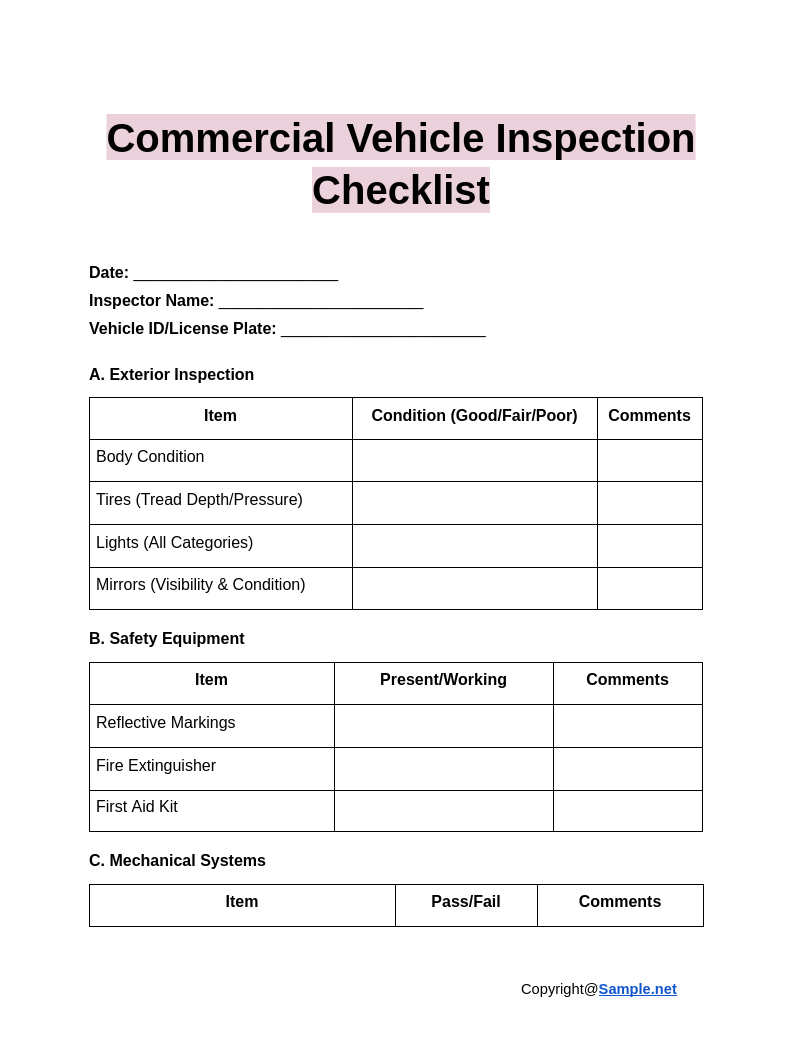
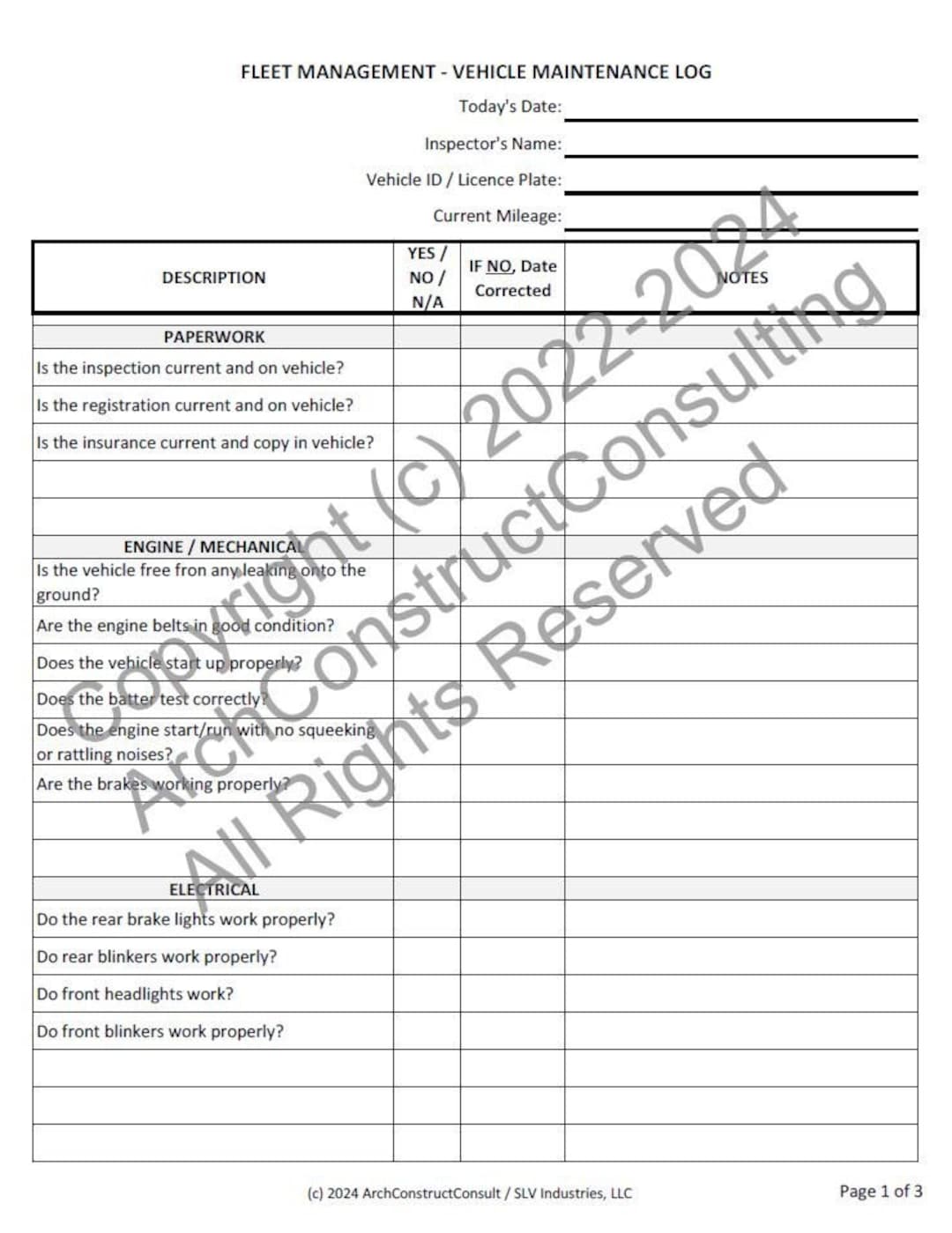
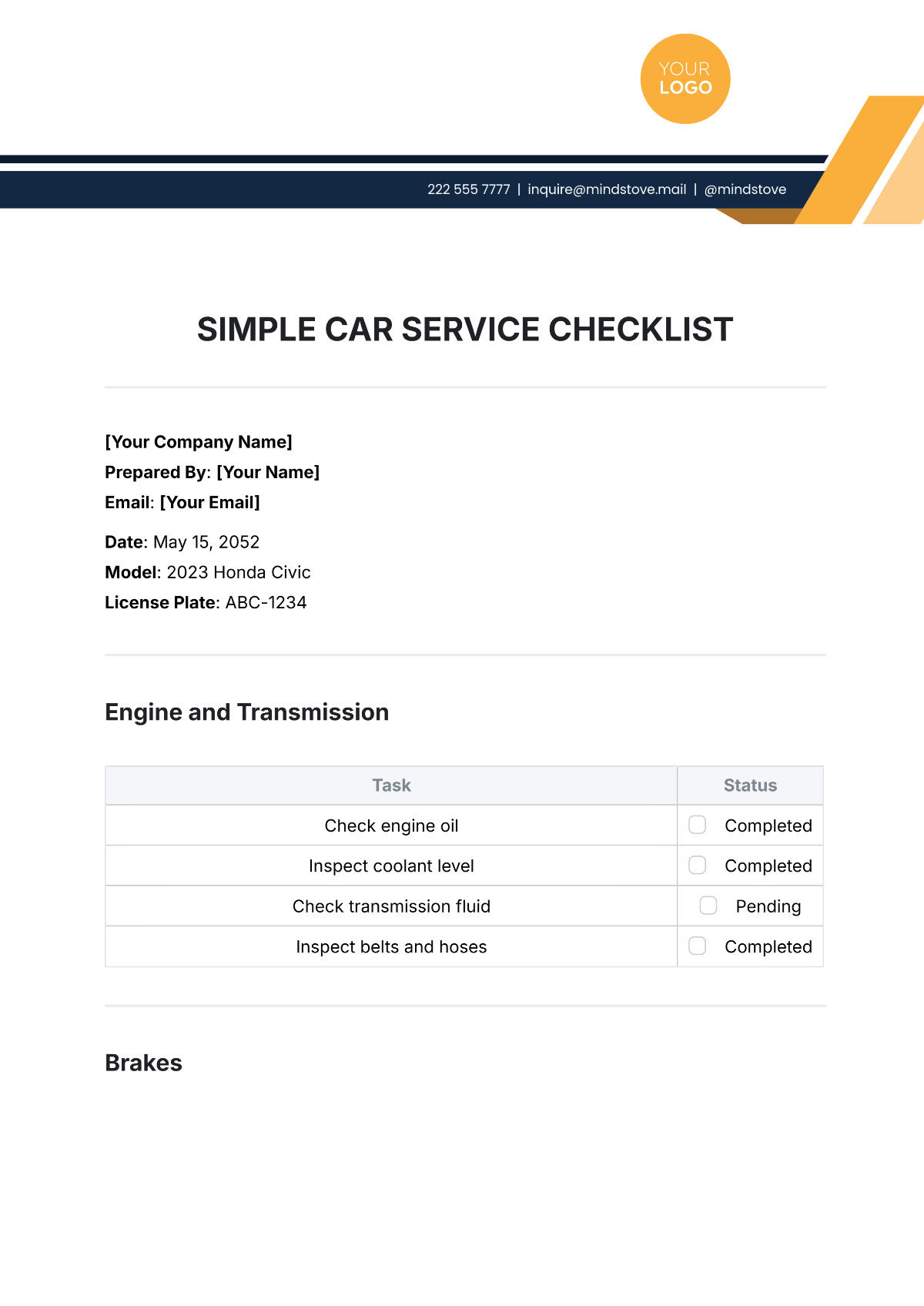
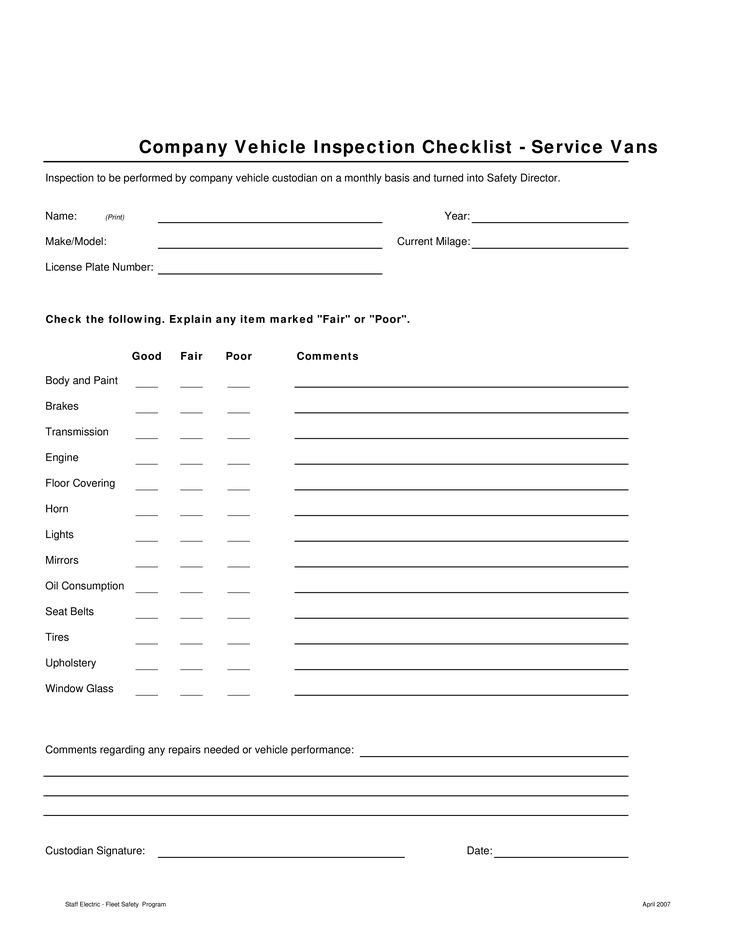
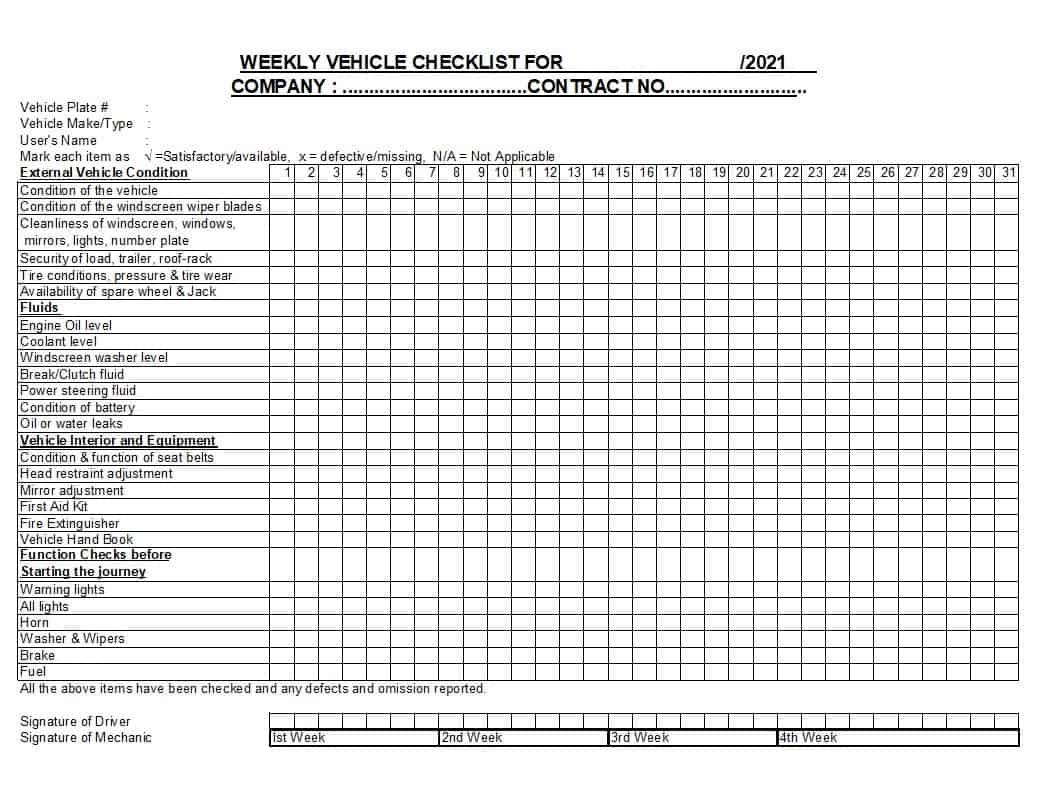
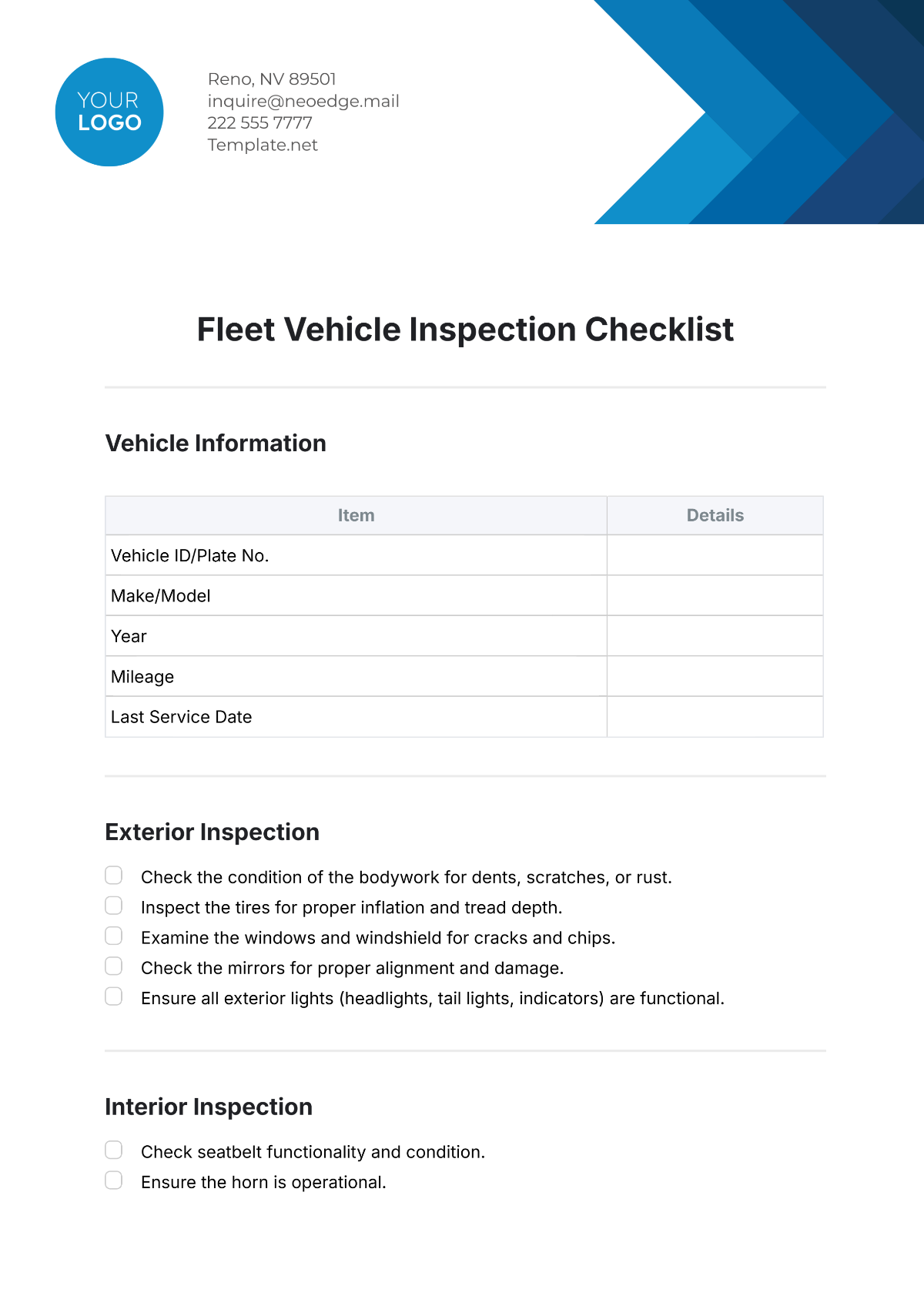

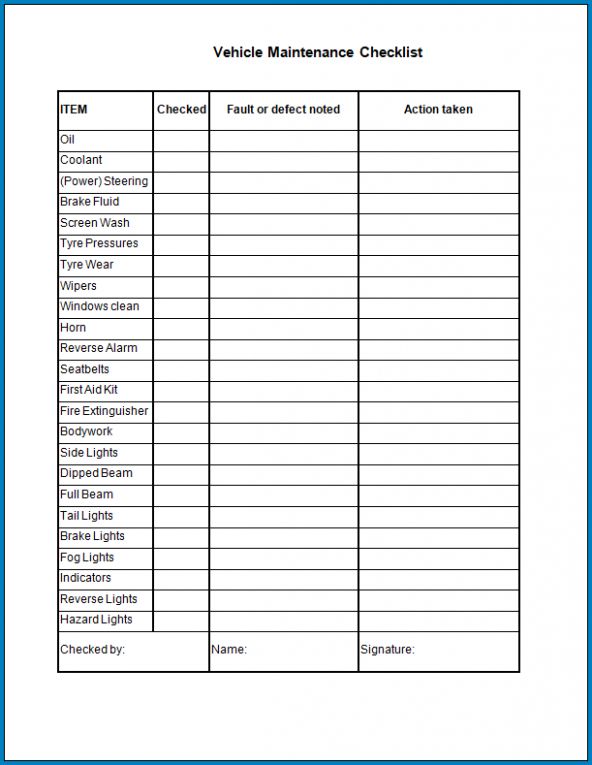
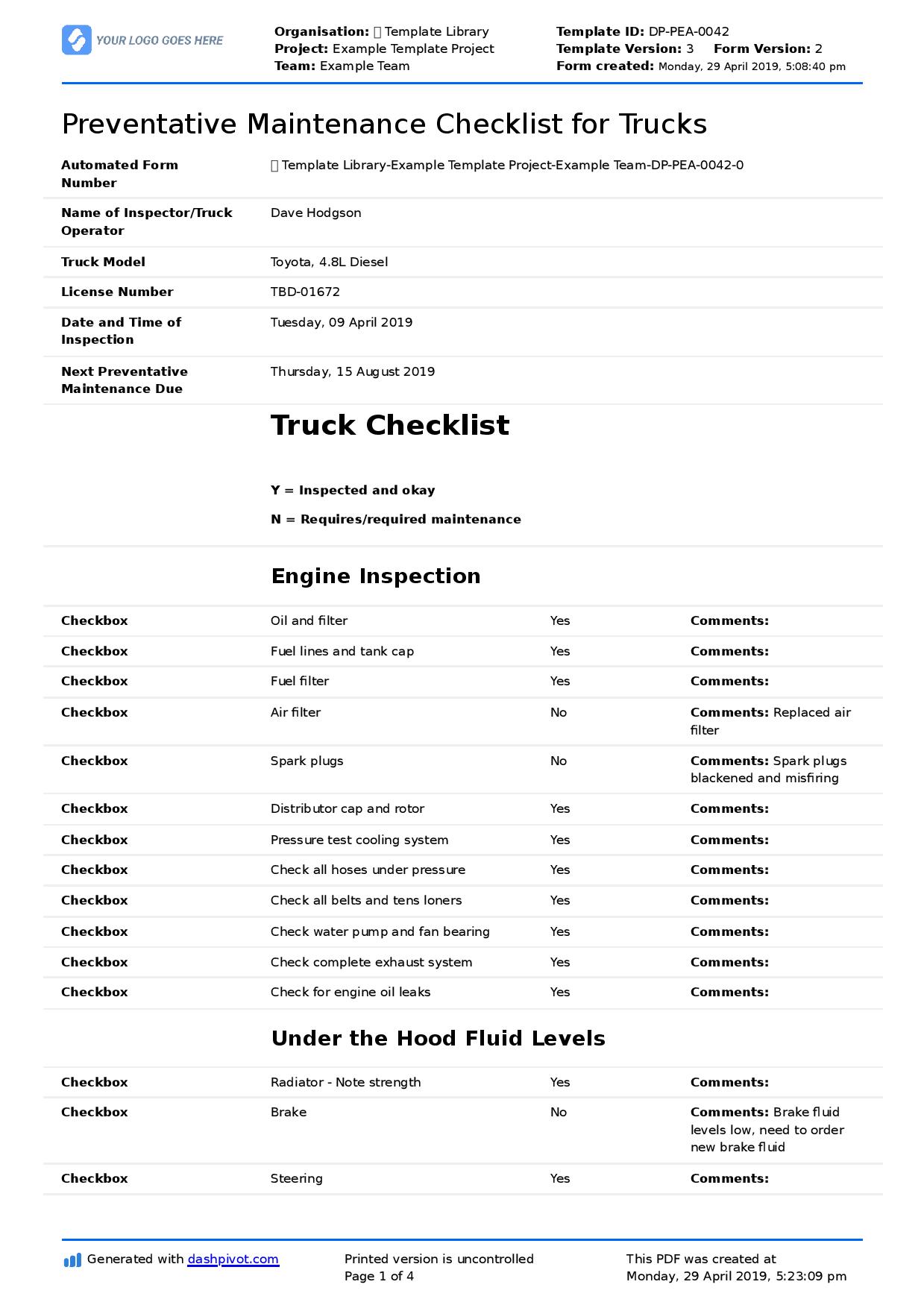
Tips for Successful Fleet Vehicle Checklist Implementation
Implementing a fleet vehicle checklist effectively requires careful planning and attention to detail. Here are some tips to ensure success:
- Train Drivers: Make sure all drivers are trained on how to use the checklist and understand the importance of regular inspections.
- Use Technology: Consider using fleet management software or apps to digitize the checklist and streamline the inspection process.
- Regular Review: Periodically review and update the checklist to incorporate any changes in regulations or maintenance requirements.
- Track Completion: Keep a record of completed checklists to monitor compliance and identify any recurring issues.
- Encourage Feedback: Solicit feedback from drivers and maintenance staff to continually improve the checklist and make it more effective.
In Conclusion
A fleet vehicle checklist is a valuable tool for ensuring the safety, compliance, and efficiency of your fleet operations. By creating a detailed checklist tailored to your specific needs and consistently following through with inspections and maintenance tasks, you can keep your vehicles in top condition and minimize the risk of unexpected breakdowns. Take the time to develop a comprehensive checklist and implement best practices to maximize the benefits of using a fleet vehicle checklist.